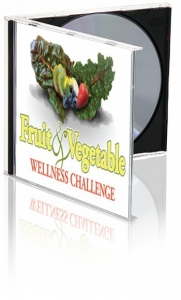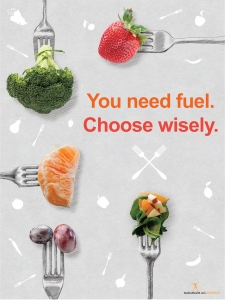There are several foods in my refrigerator on a regular basis that weren’t there five years ago. One of these is hummus.
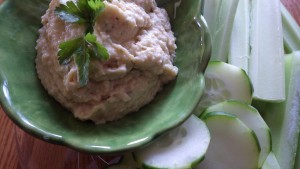 I’ve been buying hummus as an alternative to sour cream or mayo-based dips, and it has now become my favorite appetizer. I try to “walk the talk” as a health educator, and so I put out healthful snacks when we have people over. Hummus goes very well with fresh vegetables, whole grain crackers, or baked pieces of pita bread.
I’ve been buying hummus as an alternative to sour cream or mayo-based dips, and it has now become my favorite appetizer. I try to “walk the talk” as a health educator, and so I put out healthful snacks when we have people over. Hummus goes very well with fresh vegetables, whole grain crackers, or baked pieces of pita bread.
Recently I wondered if I could make my own hummus. Some of this is just my curiosity, but I was also looking for a way to save some money/calories. The commercial versions of hummus are at least $2 for just 12 ounces and declare that 50 calories are in just 2 tablespoons. (This is still better than the typical French onion dip that averages 60 calories per 2 tablespoons, with 75% of the calories from fat). But I was looking for something even more healthful.
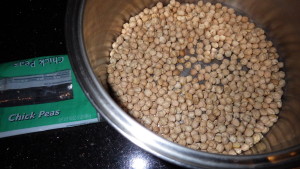 The basic ingredient in hummus is the humble chickpea (a.k.a. garbanzo beans or cece beans). Chickpeas themselves are powerhouses of nutrients. They are high in protein and dietary fiber while staying low in fat and sodium. What a great base for this dish!
The basic ingredient in hummus is the humble chickpea (a.k.a. garbanzo beans or cece beans). Chickpeas themselves are powerhouses of nutrients. They are high in protein and dietary fiber while staying low in fat and sodium. What a great base for this dish!
In addition to chickpeas, another traditional ingredient in hummus is tahini. Tahini is a paste that is made by grinding up sesame seeds. Not only is it expensive, but it’s really high in fat. According to the Nutrition Facts label on the jar, just 2 tablespoons of tahini contain 260 calories, and 200 of them are from fat! Wow! That adds up fast, especially when recipes call for 1/3 to 1/2 cup of tahini for each 1 and 1/2 to 2 cups of chickpeas.
Now, when it comes to the ingredients, I prefer to take things a bit farther. Most of the hummus recipes I found start with a can of chickpeas. But I wanted to be even more in control of the ingredients in my hummus, so I got dried chickpeas. If you’ve never purchased them, dried chickpeas are with the other dried beans and peas in the grocery store. I soaked them overnight in water, brought everything to a boil on top of the stove, and finished cooking them for 5 hours on low in the slow cooker. Made this way, they were perfect. Chickpeas can be cooked for a shorter period of time on top of the stove, but the slow cooker was easy for me to start and then do something else while the chickpeas cooked.
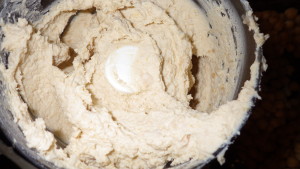 Once I had finished preparing my chickpeas, I found that I got 8 cups of cooked beans out of a single pound of dried chickpeas. That’s about four times the amount of beans you’d get in one can. Plus, that larger amount costs the same as a small can of beans, and this version has no added sodium.
Once I had finished preparing my chickpeas, I found that I got 8 cups of cooked beans out of a single pound of dried chickpeas. That’s about four times the amount of beans you’d get in one can. Plus, that larger amount costs the same as a small can of beans, and this version has no added sodium.
I was also impressed with the flavor — I found it to be so much better than the canned version.
Now that the chickpeas were ready to roll, I started to experiment with actual hummus recipes. I found one particularly intriguing recipe from the free recipe database at Food and Health Communications — this recipe used plain yogurt instead of tahini. I tried it that way and loved it, and what a savings in terms of calories and fat!
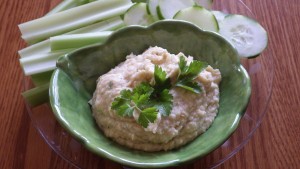 From there, making hummus is a snap! I slowly processed all the ingredients in my food processor, adding more yogurt until I got the consistency I liked. After a few experiments, I found that I prefer Greek yogurt in my hummus because it offers a little more body than more traditional yogurts.
From there, making hummus is a snap! I slowly processed all the ingredients in my food processor, adding more yogurt until I got the consistency I liked. After a few experiments, I found that I prefer Greek yogurt in my hummus because it offers a little more body than more traditional yogurts.
Once it was well blended, I seasoned my hummus with lots of garlic, lemon juice, and parsley. Drizzling it with a little sesame oil and sprinkling with toasted sesame seeds gives it a hint of tahini flavor and makes the presentation super appealing.
I guess I’m not a “hummus purist,” but I like this lower-cost and lower-fat version.
By Cheryle Jones Syracuse, MS, Professor Emeritus, The Ohio State University
Want to offer your clients a guide to healthful, tasty hummus? Get a free PDF recipe right here! This page is an excerpt from The Home Run Cooking Book, which is a fantastic introduction to healthful cooking. It goes over kitchen tips and techniques, discusses cooking equipment, and offers the most popular healthful recipes, all of which have been rigorously tested and audience approved. It’s the perfect educational resource. Try this hummus and see for yourself!
Remember, we are here when you want to look your very best right now. Here are some wonderful options to help encourage your clients to choose balanced diets…



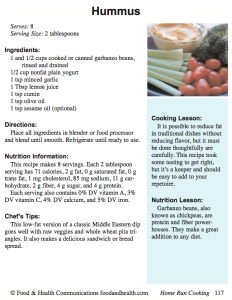
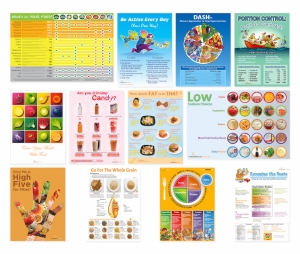
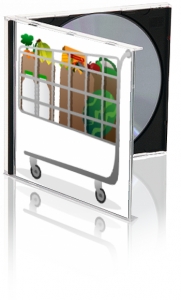
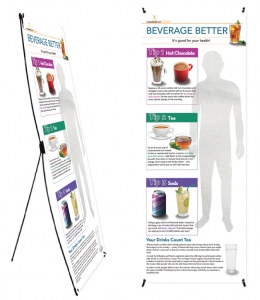
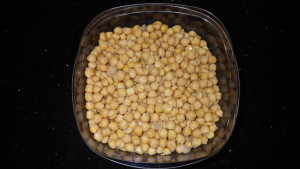
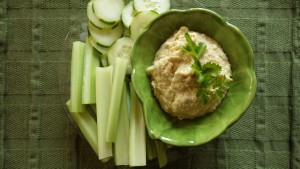
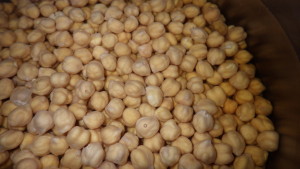
 But how can you make chickpeas a part of your diet?
But how can you make chickpeas a part of your diet? Greek Pasta Salad
Greek Pasta Salad